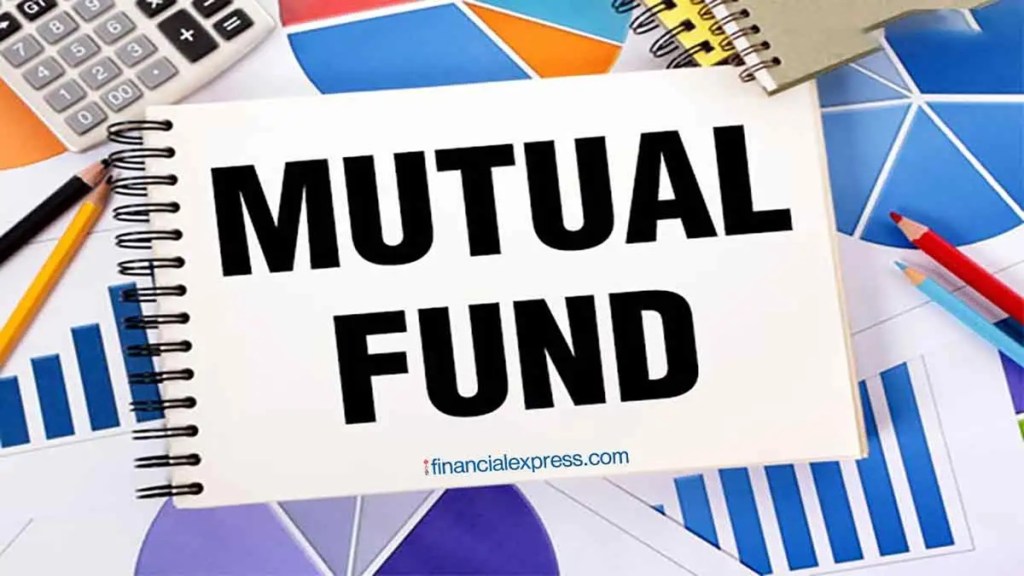Mutual fund KYC norms: The capital market watchdog, SEBI, introduced new norms for KYC process done by the asset management companies (AMCs) for mutual fund account holders, effective April 1, 2024. As per the new guidelines, KYCs of mutual fund subscribers must be updated with Aadhaar and PAN. This directive is applicable to both new and old mutual fund folios.
As per media reports, KYC registration entities (KRAs) have identified around 13 million mutual fund accounts that need re-KYC as these subscribers provided non-Aadhaar and non-officially valid documents (OVDs) at the time of registration.
These 13 million mutual fund accounts are currently ‘on-hold’ due to incomplete KYC, according to a report by The Economic Times.
What does ‘on-hold’ MF accounts mean?
With accounts tagged ‘on-hold’, these investors will not be allowed to do any transactions, selling or buying of units.
In the case of these 13 million accounts, KYCs were done using documents like electricity bill, telephone bill, bank account statements etc., the ET report said. As per SEBI’s latest directive, these documents are no longer valid documents for KYC purpose.
What does KYC status mean?
An individual is considered KYC-compliant only when the submitted documents by him or her get duly accepted by the processing authority. Once the status is KYC-compliant, the individual has to make any changes in records pertaining to residential address, mobile number, or email through a KYC change request.
Investors may check the status of KYC compliance through the website of any of the KYC Registration Agencies (KRAs). Here are the 5 authorised KRAs – CVL KRA, NDML KRA, DOTEX KRA, CAMS KRA, and Karvy KRA.
Steps to check the status of your mutual fund KYC:
Go to any KRA’s website. Enter your PAN and fill ‘captcha’ field. If KYC was done through documents other than PAN, you can verify status by providing name, DoB, etc. Once validated, you will see the date of initial KYC registration and modifications made to KYC records. It will also show a checkbox indicating whether ‘In-Person Verification’ has been completed. You can also verify KYC compliance during investment transactions. If KYC compliant, the investment process proceeds; otherwise, you will be redirected to the KYC registration page.

